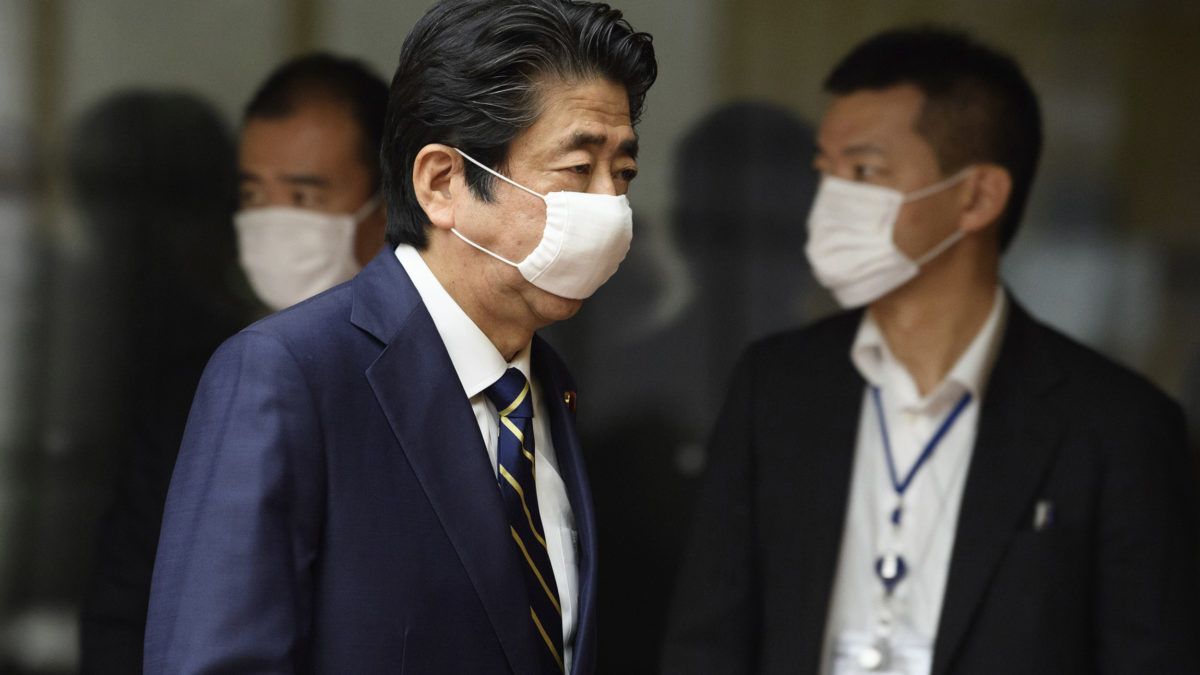Japan lifted its state of emergency for 39 of its 47 prefectures on Thursday evening, Prime Minister Shinzo Abe announced in a press briefing.
Tokyo, Osaka, and six urban prefectures will remain under the legislation, with the government assessing their status on May 21.
The Japanese PM said he could end the emergency order ahead of its May 31 expiration date for most of the country because he was confident in Japan’s containment efforts.
Compared to other G7 nations, we could contain the infection cases and death per capita overwhelmingly,” he said.
According to the latest numbers from Johns Hopkins University, Japan has 16,049 confirmed cases of Covid-19 and 678 deaths.
Abe said he will draw up the second round of a supplemental budget to boost financial support for employees and business owners.
Japan’s initial state of emergency was declared on April 7. This applied to seven urban prefectures and involved a non-enforceable recommendation by central government to limit the country to only basic economic activity.
On April 16, Abe announced the state of emergency was expanded nationwide as its coronavirus cases continued to grow and, on April 30, was extended to May 31.
He asked the public to remain vigilant and gradually resume social activities while adopting a “new lifestyle” of practicing social distancing, working from home and avoiding high-risk activities.


